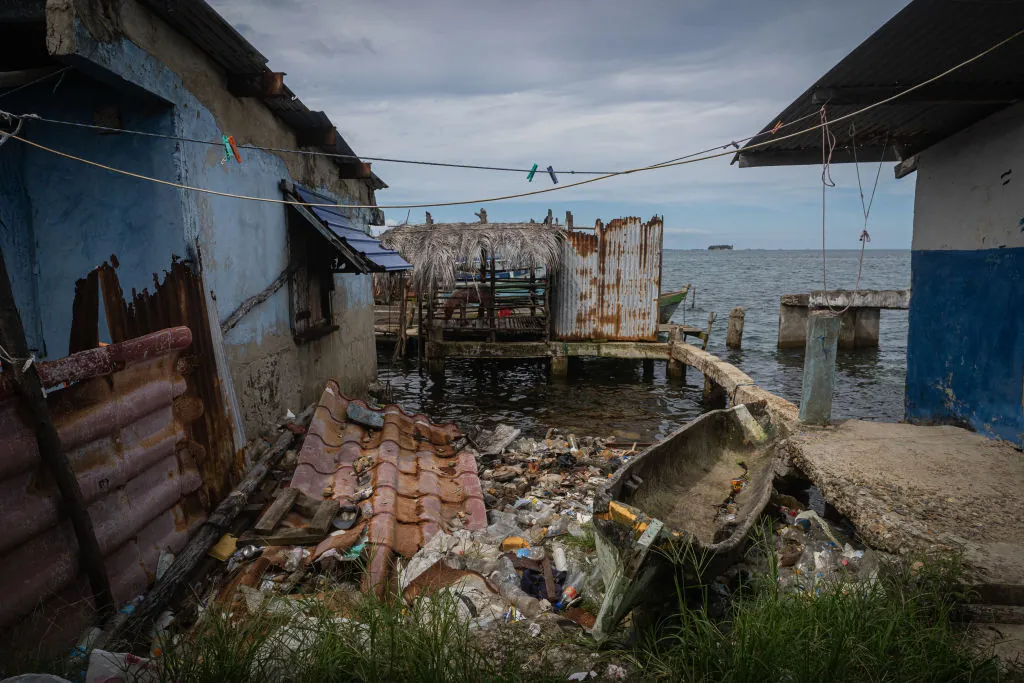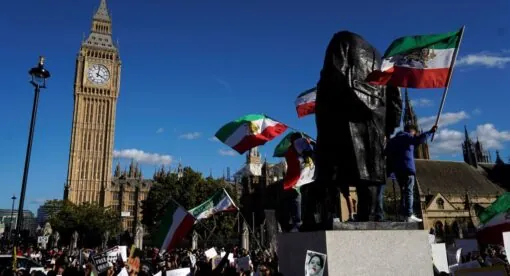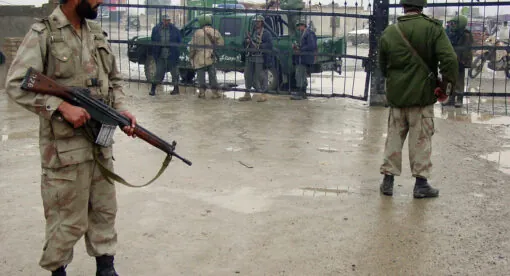The United Nations COP28 Climate Summit, set to run Nov. 30-Dec. 12 in Dubai, will gather leaders from around the world to discuss issues arising from the combustion of fossil fuels, the challenges facing the energy and environmental sectors, and the effects that a rising average global temperature has on the planet’s weather patterns. Equally important will be a discussion on the measures needed to tackle those challenges, including reducing greenhouse gas emissions, encouraging sustainable behaviors, and adapting to a changing climate.
The effects of climate change are unparalleled, affecting people worldwide in ways that range from threatening food production due to changing weather patterns to increasing in the likelihood of catastrophic flooding because of rising sea levels. New policies, innovative technologies, and climate finance are needed to tackle the global energy and climate change challenges for a clean energy transition and to meet the established target of net-zero emissions by 2050.
Justice and equity are key to combating climate change. Given the disproportionate effects of climate change on vulnerable populations, it is essential to advocate for fairness, inclusivity, and responsibility. In addition, adequate and targeted climate funding is essential for helping countries transition to a low-carbon, climate-resilient future and for addressing the urgent challenges posed by climate change.
Global Climate Actions Scenarios and Their Impacts
Climate change is already taking place, as evidenced by rising temperatures, an increase in the frequency of extreme weather events like drought and wildfires, a shift in the patterns of rainfall, and the melting of glaciers and snow. Weather events are also getting more extreme; a record-breaking hurricane in southeast Africa, wildfires in Chile and Canada, insufferable heatwaves across Asia, major ice storms in the southern United States, and many other events have all served as stark reminders of climate change’s effects. According to a new report published by the U.S. government, 2023 broke the previous record for the number of weather catastrophes in the United States that caused $1 billion or more in damage. There is also a connection between the rise in the average temperature around the world and the rise in sea levels, which in turn threatens communities and infrastructure along the world’s coastlines.
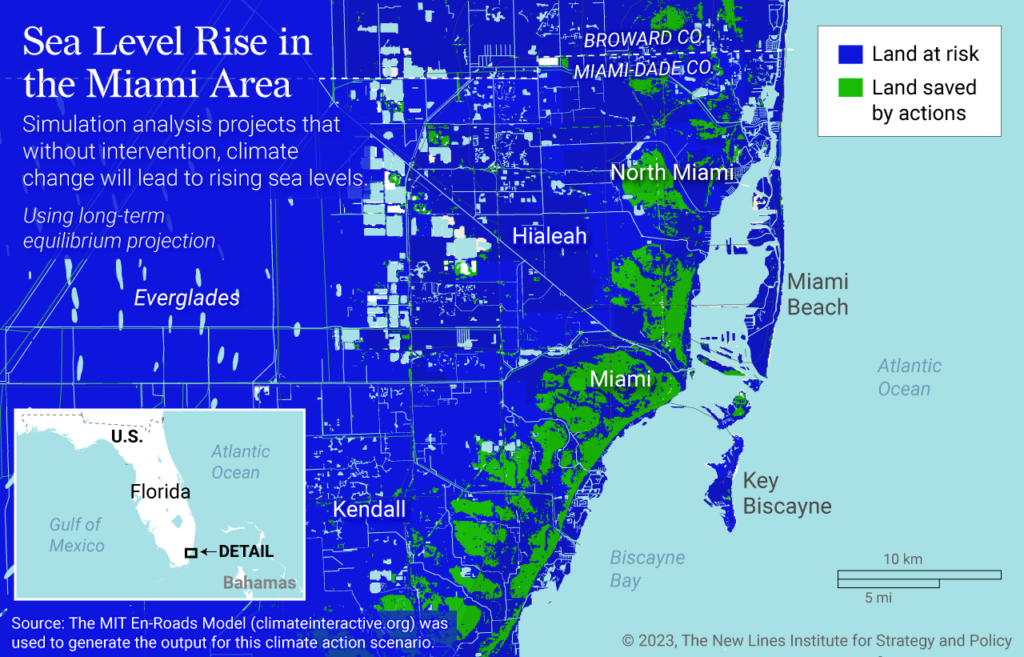
Modeling and simulation analysis of climate action can show how it might be possible to combat climate change with shifts in policy regarding energy, land use, consumption, agriculture, and other areas. This report draws its conclusions using the En-ROADS model, which simulates how changes in energy, economic, and public policy could affect climate change and greenhouse gas emissions.
This includes a combination of highly subsidized renewables, nuclear power, and high carbon pricing; a breakthrough for future clean energy technologies; highly increased energy efficiency for transport, building, and industry; subsidies for new electric-powered transport and electric equipment for building and industry; significantly less mature forest degradation and destruction; reduction in greenhouse gases from methane and other gases; and rapid growth in the use of carbon removal technology.
It is possible to meet the average temperature targets established by the Paris Agreement by implementing the global climate actions recommended below. This will help to lessen the effects of global warming, including heat waves, droughts, increased precipitation intensity, and the strength of storms. Keeping global warming below 2 degrees Celsius above preindustrial levels is a priority to lessen the severity of climate change’s effects.
Climate Justice and Equity
Global climate actions are needed, but the impacts of climate change and its causes are not dispersed equally among countries and groups. There is an immediate and pressing need for a fair and equitable distribution of the costs and benefits associated with the fight against climate change.
The damaging effects of climate change are felt most acutely in places and among populations that are already struggling economically and demographically. For example, rising seas threaten communities and infrastructure along the world’s coastlines, which are more susceptible to natural disasters, especially in underdeveloped nations. Competition for water and arable land due to climate change can escalate conflicts and push people to migrate, causing instability and displacement. Water shortages – already prevalent in many developing nations – are exacerbated by changing patterns of precipitation and increasing amounts of water lost to evaporation, which affects access to water for drinking and agriculture. The number of lawsuits related to climate change has doubled in the past five years.
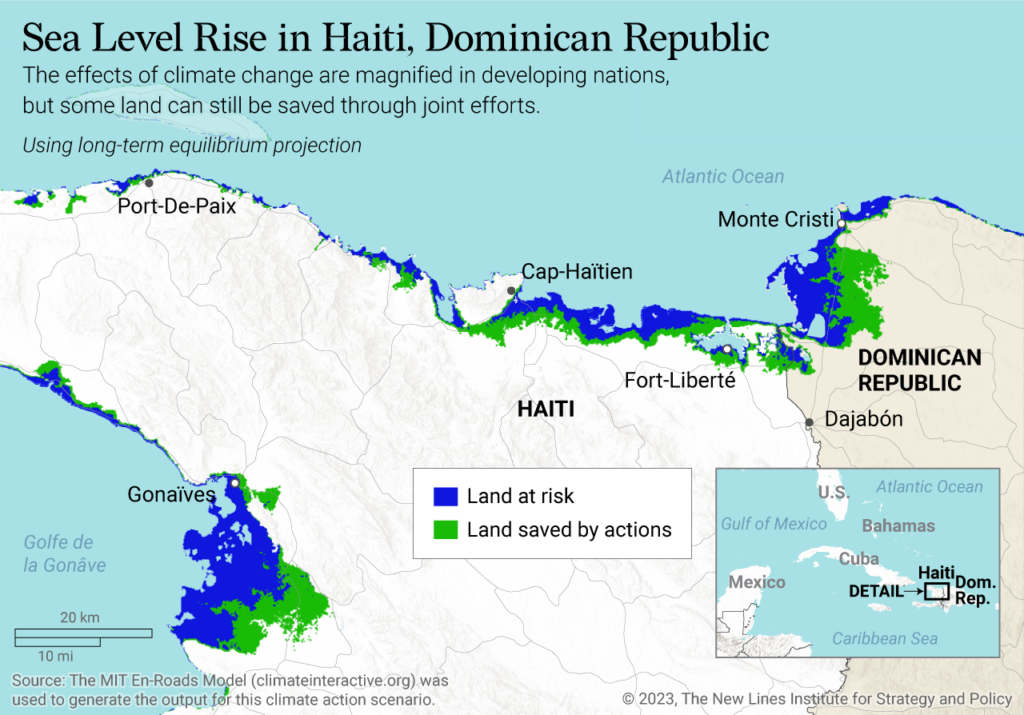
A climate action plan can be developed using new policies and innovative energy technologies, but it is crucial that this plan incorporate climate justice and equity. In order to achieve fairness when allocating resources and opportunities, it is necessary to prioritize nations that are both the most vulnerable to climate change’s adverse effects and the least responsible for contributing to climate change. Essential strategies for low-income nations to tackle climate change include adaptation and resilience, assistance with capacity building, climate finance, technology, cooperative activities and partnerships, and climate-resilient pathways.
The concept of climate justice places an emphasis on the moral and social implications of climate change, acknowledging that groups who are already marginalized and disadvantaged are incurring a disproportionately large burden. Climate justice pushes for fair solutions, empowering communities that have been negatively affected and holding responsible parties accountable.
Building up the capabilities and institutions of local communities is necessary for effective adaptation and resilience. States must invest in localization and capacity building by providing security and infrastructure. Localization and capacity building are followed by the need for providing training and technical support to local communities, government agencies, and civil society organizations to improve their understanding of the implications of climate change and their ability to respond to those impacts. To implement initiatives and assure the passage of procedures, state administrations must improve their connections with regional, county, and city governments. It is possible to support countries’ attempts to adapt to climate change by making it easier for them to acquire financial aid. The implementation of adaptation projects, capacity building, technology transfer, and risk reduction measures are all possible uses for financial resources.
Many nations affected by extreme climactic events will have little choice but to borrow money to finance the costs of recovery and reconstruction, exacerbating what are often already large debt problems. During the 2022 COP27 conference in Egypt, world leaders agreed to establish a Loss and Damage Fund to combat this problem, a significant development that nonetheless needs more work to finalize. Needed details include what public, private, and multilateral funds will contribute and how much; the organization to govern the fund; and the qualifying requirements for the low-income countries. Once funding is secured, it could take years for funds to be distributed.
Countries must negotiate an agreement to establish a suite of finance arrangements, including loss and damage, before developing economies suffering from the severe effects of climate change can then be compensated. In 2009, during the COP15 summit, developed countries pledged to raise $100 billion annually by 2020 to fund climate action in low- and middle-income countries; this goal has not been reached. COP28 attendees likely will work to figure out the specifics of this fund, including who will contribute, how much they will contribute, and how those contributions are made; defining “loss and damage”; agreeing on the governance of the fund; and creating clear qualifying requirements. In these efforts, they should take inspiration from countries such as Denmark, Belgium, Germany, and Scotland – as well as from the EU more broadly – which have already made small but meaningful commitments to compensate for losses and damages.
Policy Opportunities and Recommendations
Science alone is not enough to solve the climate problem; politics plays an important role as well. Power, access to resources and money, and climate justice and equity must all be part of the COP28 discussions, in addition to data and statistics about warming and atmospheric carbon concentration. Climate justice stresses the need for a holistic strategy that considers the interests and rights of all people, especially the most vulnerable, and not just the environmental aspects of climate change. It currently is too difficult for the nations impacted most by climate change to receive the financing they need, and the fact that they are not being allowed to select how available funds are spent is an additional unfairness that worsens an already difficult position.
The committees of the COP28 summit need to figure out the specifics of the Loss and Damage Fund, including the developed countries and big economies that will contribute to this fund; each country’s contribution; the total money needed per year; the organization that will manage the funds, such as the Green Climate Fund or Global Environment Facility; the financial help or loss and damage options, such as allocation of funding directly from the fund and debt forgiveness for countries with severe fiscal pressures; and qualification criteria for low-income countries. During the process of allocating finances from the Loss and Damage Fund, it is also necessary to consider that some of the countries most in need do not have stable enough governments to allocate climate funding.
The international community will have to alter the terms and conditions under which global money, technology for clean energy transition, and climate actions and adaptation are supplied. When considering how to combat climate change in developing nations, it is crucial to consider capacity building, access to finance, adaptation, and technology transfer in order to gain access to technologies that are clean and sustainable, develop climate-resilient pathways, and promote partnerships and collaborations for the development of more efficient climate responses.
To advance climate justice, nations must work together and incorporate equity concerns into climate policies and agreements, taking measures to ensure that climate policies do not worsen preexisting social and economic inequities. The goal of putting climate justice first is to create a future that is both sustainable and resilient. There is an urgent need for financial resources to support climate change mitigation, adaptation, and resilience efforts in developing countries. Climate finance helps developing nations undertake climate-related initiatives and migrate to low-carbon, resilient paths.
Prof. Chaouki Ghenai is a Non-Resident Senior Fellow for Energy Strategy and Policy at the New Lines Institute. He oversees new energy initiatives for New Lines Institute, including: Future and Innovative Energy Technologies, Geopolitics of Energy Transformation, Clean Energy Financing, New Energy Policies, and Sustainable Energy and Society. He has more than 25 years of research experience in the energy field and management of Clean Energy Research Programs and Research Funding.
Eugene Chausovsky is the Senior Director for Analytical Development and Training. He oversees the institute’s publication and content production process, manages institutional training efforts, and guides the development of analytical products. Chausovsky previously served as Senior Eurasia Analyst at the geopolitical intelligence firm Stratfor for more than 10 years. His analytical work has focused on political, economic and security issues pertaining to Russia, Eurasia, and China, as well as global connectivity issues related to energy and climate change.
The views expressed in this article are those of the author and not an official policy or position of the New Lines Institute.

